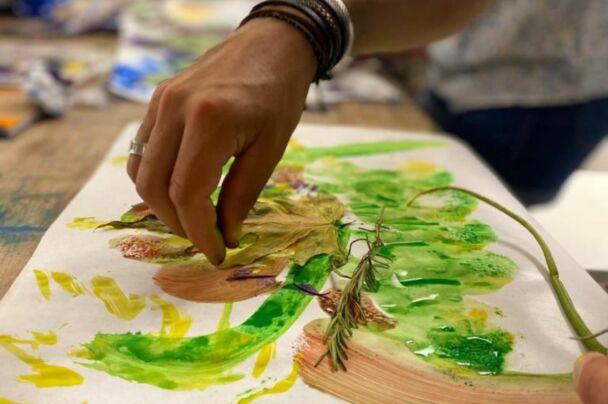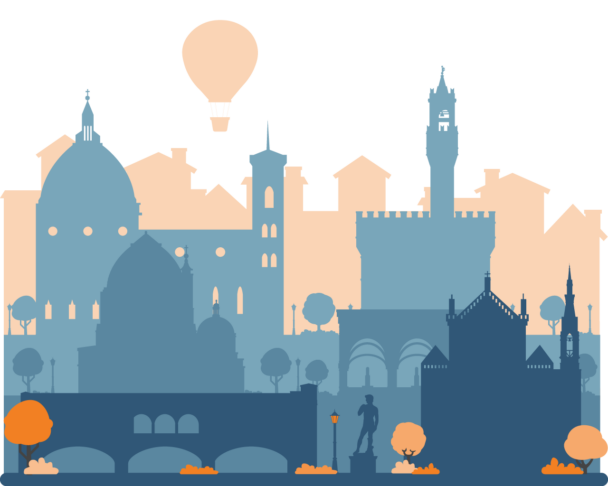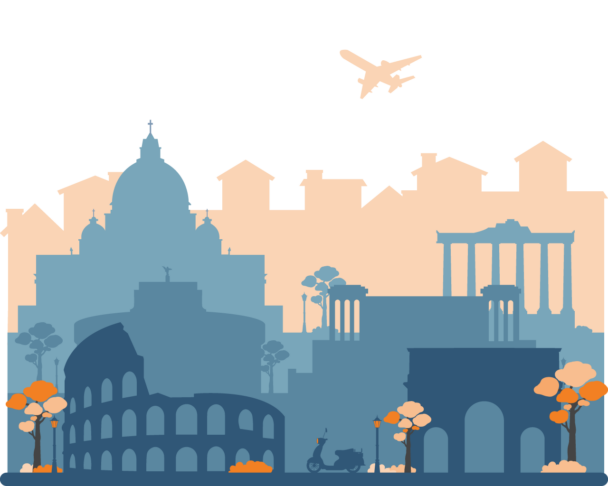Description
Art-related activities are powerful means of personal development, among young students and across their life span. Art has strong therapeutic power and is strictly connected to our body: art activities can influence blood pressure and breathing. Art also promotes self-esteem and self-expression, empathy, self-knowledge, self-regulation, and time and space management skills.
Art facilitates mental and emotional growth. As a matter of fact, it can be a great tool to promote integration and communication among students, especially the ones affected by autism, attention deficit disorders, learning disabilities, etc.
The course aims to present the therapeutic power of Visual Arts through first-hand experimentation of various art techniques such as painting, 3D, collage, mixed media, and photography. In addition, teachers will be involved in group and role-playing activities related to the important role of art in the case of students with special needs.
We will not delve fully into the real therapeutic context, but we will definitely create a secure environment where you can experiment with the therapeutic power of art and learn how to properly respond to your student’s needs and requests.
Participants will be involved in an active learning process, focusing on personal experience and self-expression, combining cognitive and emotional elements to ensure long-lasting retention of new knowledge.
What is included
Learning outcomes
The course will help the participants to:
- Utilize the strong therapeutic power of art to promote well-being, empathy, as well as personal and professional development;
- Learn how art therapy can promote mental and emotional growth through art making in special needs education and in general;
- Understand how to use art as a tool to promote integration among students and serve as a special means of communication;
- Experiment with art techniques to find the relevant role of art in a positive/effective teacher-student relationship.
Tentative schedule
Day 1 – Course introduction & team building
Course Introduction
- Introduction to the course, the school, and the external week activities;
- Icebreaker activities using drama for trust and ensemble building;
- Identification of needs and goals for each participant and relevant populations.
Fundamentals in art therapy
- Fundamentals in Art Therapy: history and core values;
- Slides presentations, case studies, and individual practical activities: “My approach to art.”
- Presentations of the participants’ schools.
Day 2 – Art and wellbeing
- Art and Health;
- How art can enhance our emotional and spiritual well-being;
- Body-related evidence of art’s therapeutic power;
- Individual and group practical activities: intuitive drawing.
Day 3 – Art and personal development
- Art and personal growth;
- Self-knowledge and self-regulation, time and space management skills;
- Individual and group practical activities: intuitive painting.
Day 4 – Art through Perspective
- Art as a perspective: self-expression, empathy, and acceptance of the other;
- Individual practical activities: photography and 3D.
Day 5 – Art as Therapy
- Art therapy in education: students with special needs;
- Slides presentation and focus group.
Day 6 – Course closure and cultural activities
- Course evaluation: round-up of acquired competencies, feedback, and discussion;
- Awarding of the course Certificate of Attendance;
- Excursion and other external cultural activities.








